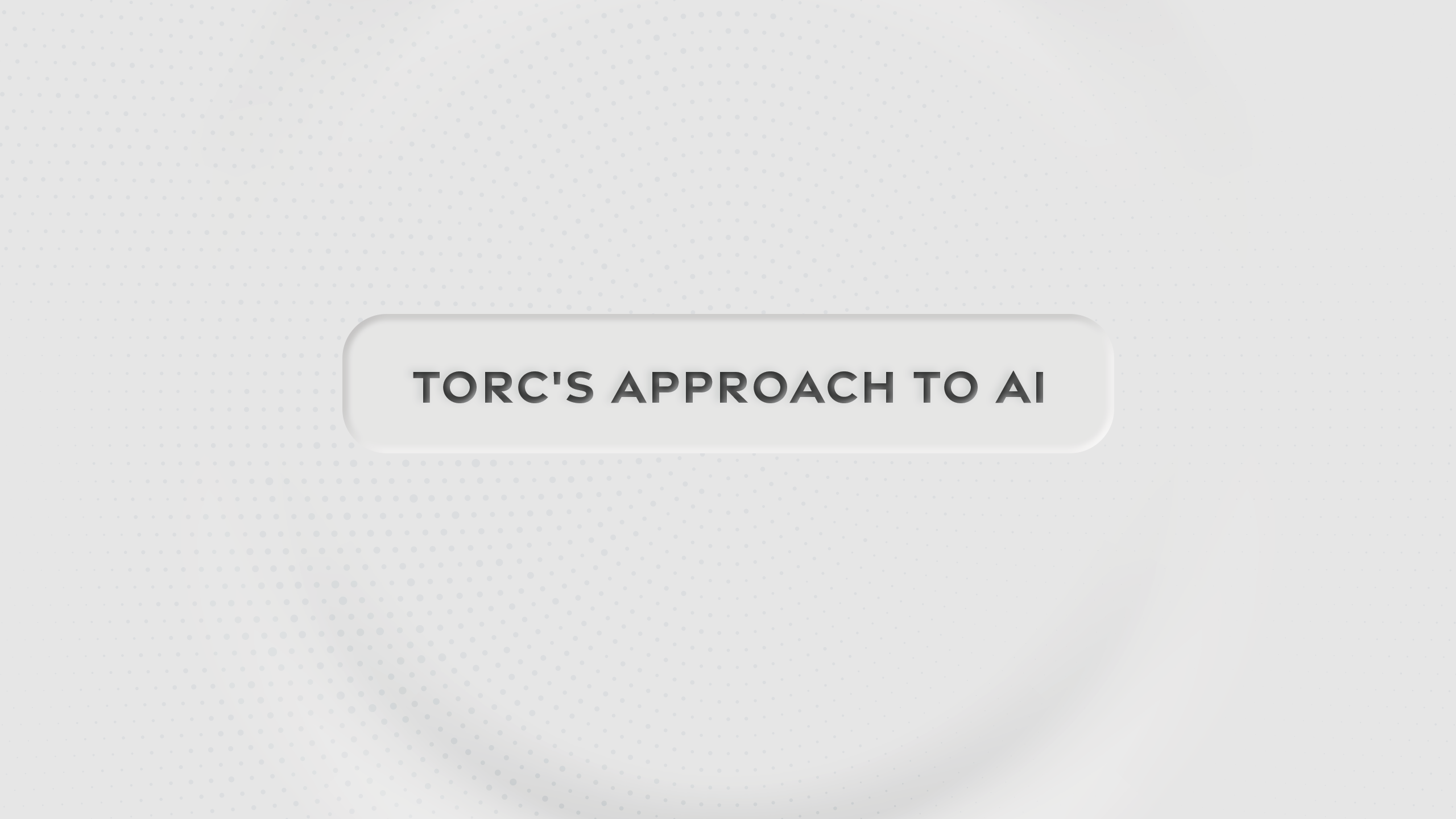To train and verify the models within the Virtual Driver, and make our technology as robust as possible, Torc uses novel generative AI approaches for our software testing. It assesses the Virtual Driver by driving billions of miles in every conceivable circumstance (more miles than a human would ever be able to drive in their lifetime) in simulation before it hits the road, and making changes as needed in real-time. AI isn’t just saving us time – it’s saving lives by helping us create situations most humans would never encounter, such as various weather conditions, unexpected pedestrian or vehicle behaviors, and many other edge cases to deeply test that the Torc Virtual Driver works correctly in all conditions and scenarios.
“Overnight, we can create a massive number of heavily optimized scenarios with parallel conditions that we can use for training very easily. This also allows us to scale the data we need much more easily for verification and validation of the software,” says Felix Heide, Head of AI at Torc. “It is possible to train software models and perform object detection without any training data on completely unseen, unannotated sequences of frames. We can use any real-world videos from a vehicle dash cam or test vehicle and use AI to match objects in an image frame, create our own settings, and finally derive a myriad of scenarios in a novel way to get away from the heavy reliance on limited training data sets. Training the systems to make decisions through reinforcement learning achieves optimal outcomes.”
Together, the modular AI powered Virtual Driver, taught and tested by next-level generative world simulation AI and further validated in the real-world, elevates Torc’s AI approach to the next level.

